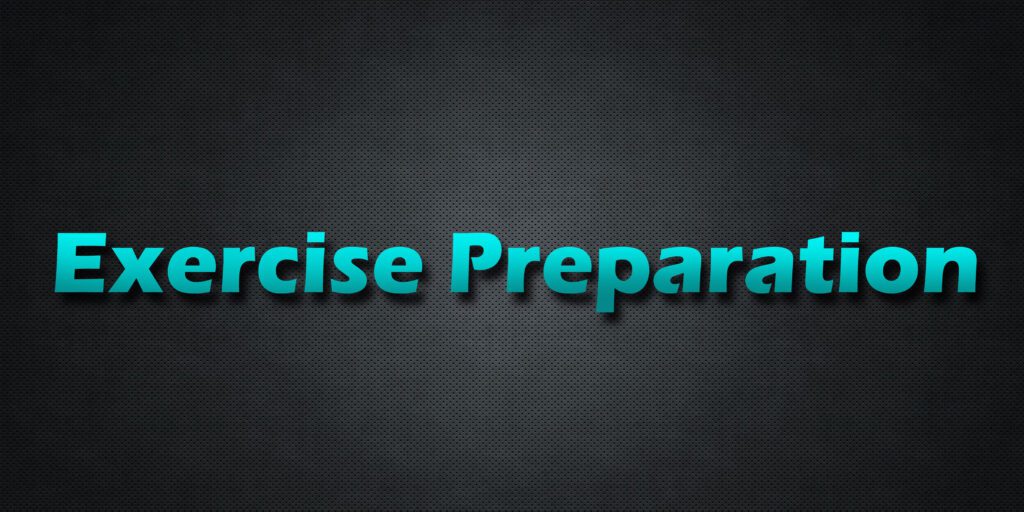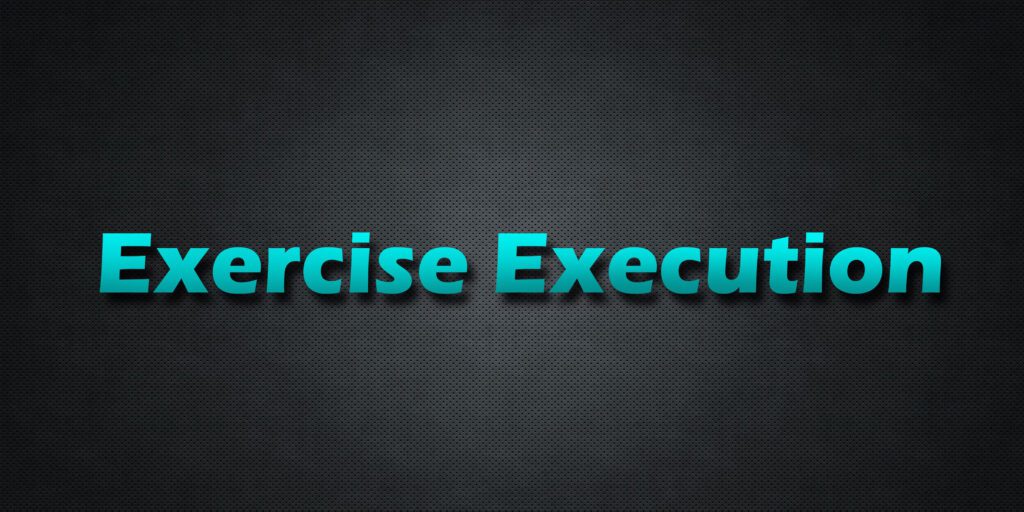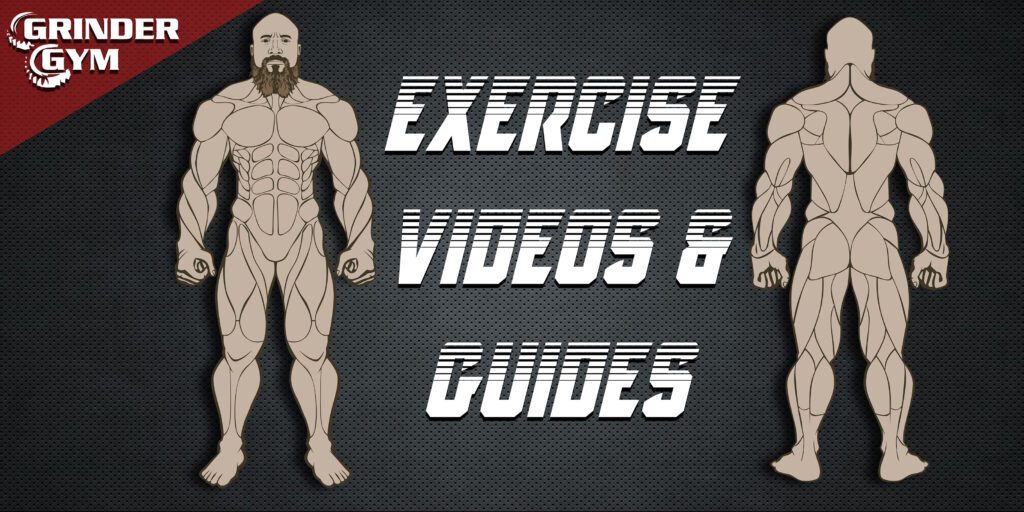
Description:
The Weighted Lying Leg Abduction is an effective exercise for targeting the hip abductor muscles, including the gluteus medius. This exercise involves lying down on your side and attaching an ankle weight to your upper leg. By lifting your weighted leg upward against resistance, it engages and strengthens the hip abductors, promoting hip stability and balance while reducing the risk of hip-related discomfort and injuries.
Benefits:
- Strengthens the hip abductor muscles, including the gluteus medius.
- Enhances hip stability and balance.
- Reduces the risk of hip-related discomfort and injuries.
- Contributes to improved sports performance and functional movement.
Profile:
| Equipment: | Ankle weight |
| Type: | Strength |
| Level: | Beginner |
Muscles:

Targeted Muscles
- Gluteus Medius (Hip Abductors)
Classification:
| Utility: | Auxilary |
| Mechanics: | Isolation |
| Force: | Push |
Instructions:
- Step 1: Attach an ankle weight to your upper leg, just above the knee.
- Step 2: Lie down on your side on a comfortable surface, with your head supported by your arm.
- Step 3: Keep your lower leg straight and your upper leg bent at a 90-degree angle.
- Step 4: Lift your upper leg upward as high as you can, keeping it straight.
- Step 5: Pause for a moment at the highest point of the lift.
- Step 6: Slowly lower your leg back down to the starting position.
- Step 7: Repeat the exercise for the desired number of repetitions on one leg, then switch to the other leg.
- Step 8: Adjust the weight as needed to match your fitness level.
Common Mistakes:
- Using excessive force or momentum to lift the leg.
- Not keeping the leg straight during the lift.
- Not using proper ankle weight or resistance level.
To avoid these mistakes, focus on controlled movements and use an appropriate ankle weight to maintain proper form throughout the exercise.
Additional Information:
The Weighted Lying Leg Abduction is a beginner-level exercise that effectively targets and strengthens the hip abductor muscles, including the gluteus medius. It’s valuable for improving hip stability, and balance, and reducing the risk of hip discomfort and injuries. Incorporating this exercise into your workout routine can contribute to enhanced hip muscle development and overall lower body well-being.


